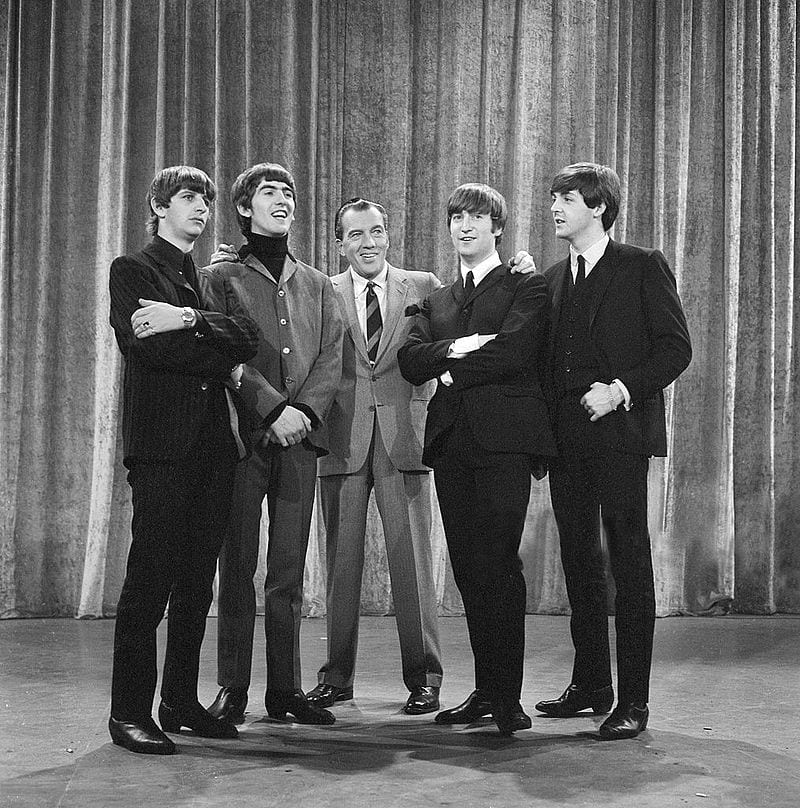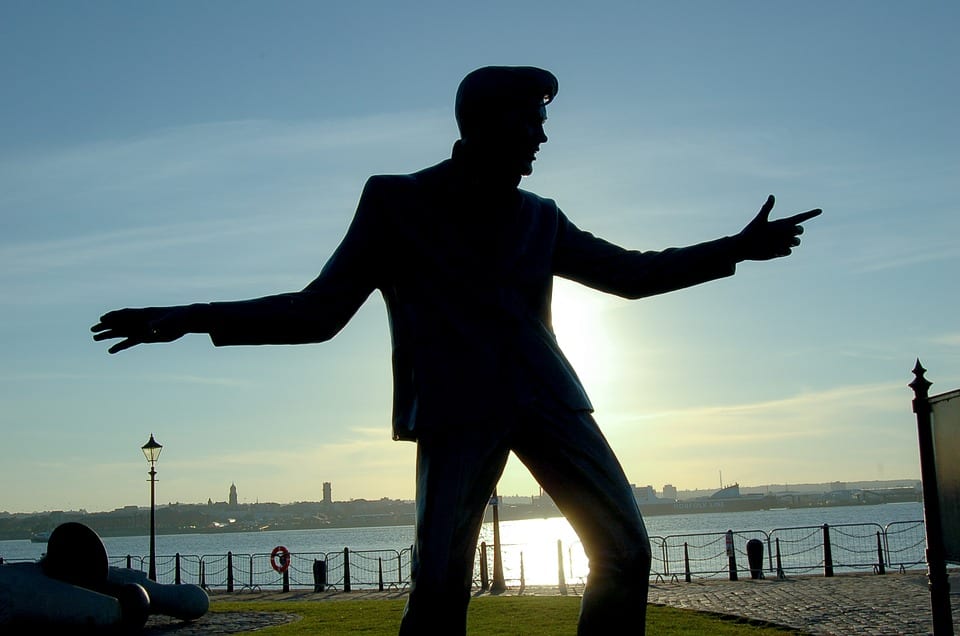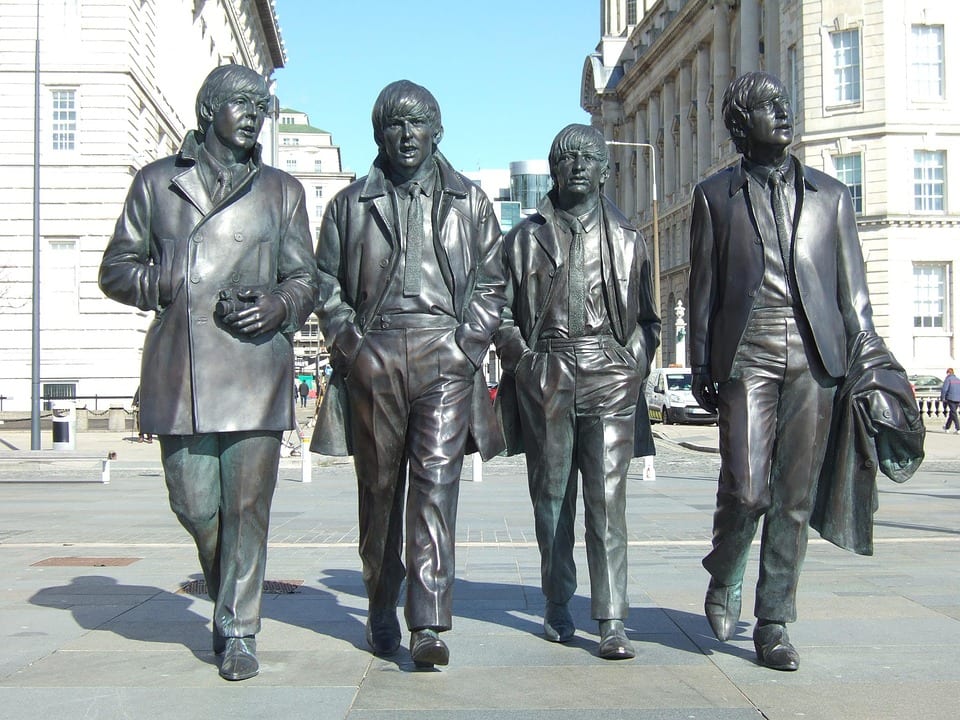Whether or not you’re a fan, there’s simply no denying that The Beatles are right up there amongst the most iconic bands of all time. Their debut on “The Ed Sullivan Show” in 1964 was a total game-changer that sparked a musical revolution.
Here are 7 things you might not know about The Beatles’ first trip to America.
#1. Seeing it live was like winning the lottery.

Image Credit: Wikipedia
Only 728 lucky people were chosen to attend, out of 50,000 fans who requested tickets.
#2. One of The Monkees was there that night, too.

Image Credit: Wikipedia
Davy Jones was on the show to promote Oliver! on Broadway, in which he played the Artful Dodger (and was nominated for a Tony).
#3. They got paid for their appearance.

Image Credit: Pixabay
While most acts appeared on the show in exchange for mere exposure, The Beatles would only agree to hop the pond if The Ed Sullivan Show agreed to not only cover their travel expenses, but to pay an additional $10k fee (around $80k in today’s dollars).
After getting an agreement for 3 appearances and not just one, a deal was struck and history was set in motion.
#4. That said, it was a bargain.

Image Credit: Wikipedia
Close to 74 million people – an astonishing 40% of the country’s population – tuned in for the band’s first U.S. performance.
#5. The “very nice” telegram from Elvis Presley wasn’t actually from Elvis Presley.

Image Credit: Pixabay
The telegram reportedly wished the Fab Four “tremendous success,” but it was actually sent by Elvis’ manager, Colonel Tom Parker, because he thought it would make The King look good. Elvis was notoriously jealous of The Beatles, and the feeling was likely mutual – Harrison responded to the telegram backstage with a mocking “Elvis who?”
#6. They weren’t the only act that night.

Image Credit: Wikipedia
Don’t feel badly if you don’t remember Brill & McCall – few do. They followed The Beatles performance and recall that they couldn’t hear each other during their sketch because of the screaming still going on.
Still, McCall doesn’t regret it, saying “we were there when the world changed.”
#7. The show’s musical director didn’t think much of the band.

Image Credit: Pixabay
His comment to The New York Times? “The only thing that’s different is the hair, as far as I can see. I give them a year.”
Keep on rockin’!
The post 7 Little-Known Facts About The Beatles’ Famous Debut on “The Ed Sullivan Show” appeared first on UberFacts.




